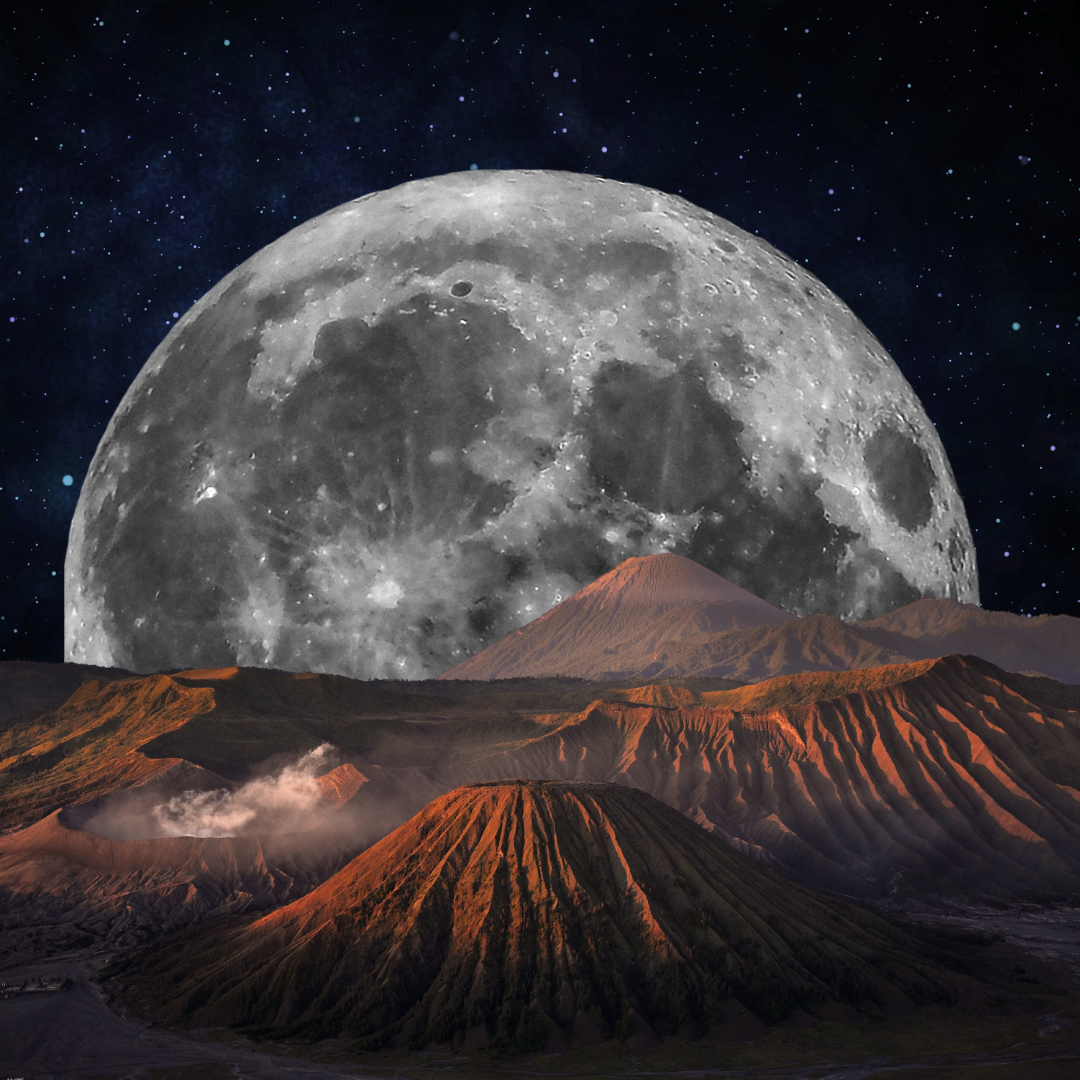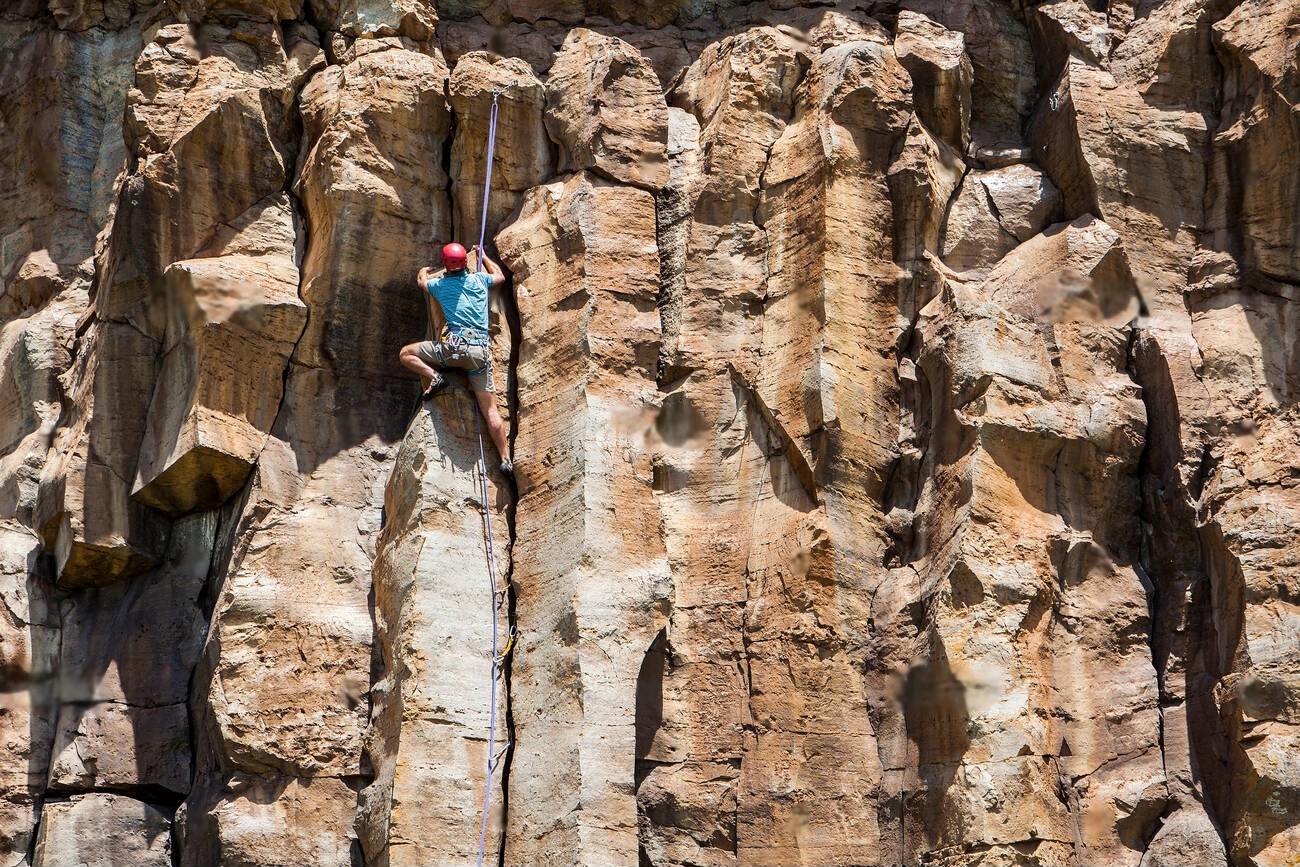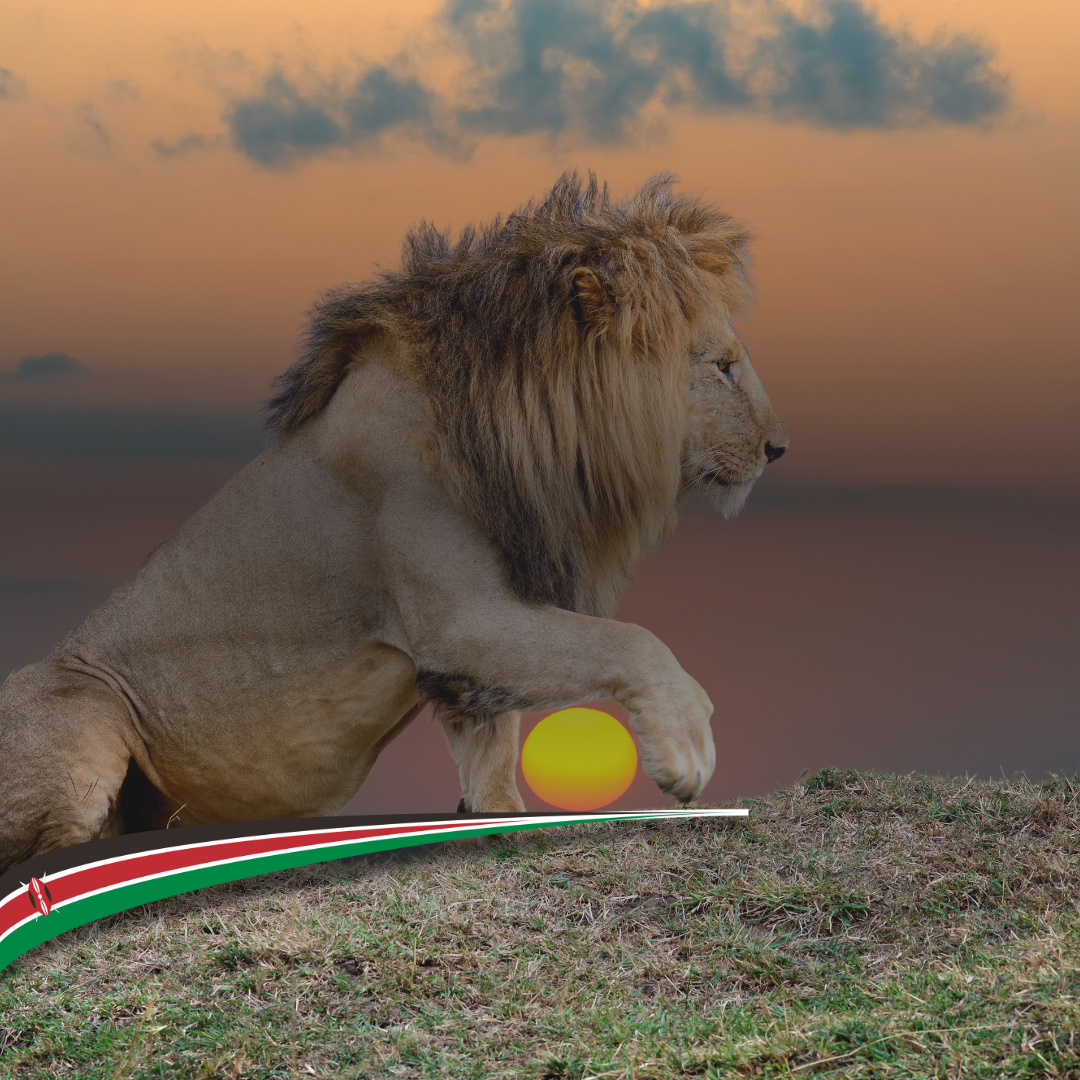
Ever thought of traveling to the Moon?
Moon Like Feel in Earth! It could be much more fun if we could travel to the moon as easily as we travel to another destination on Earth, right?
What if I told you it is somewhat possible? You would probably contact us asking, “How is it possible?” Well, if you read this blog, you’ll find your answer.
We have a place on our Earth that replicates the crater vibes from the moon. With the drumroll in background….revealing “Mount Longonot” in Kenya. Here, you can have the closest experience to walking on the moon. The landscape features distinctive lunar-like craters and barren terrain that will make you feel like you’ve stepped onto another world.
Discovering Kenya’s Moon-like Landscape
Mount Longonot stands as Kenya’s hidden lunar treasure in the Great Rift Valley, just 90km northwest of Nairobi that gives moon Like feel in earth. This dormant volcano features a massive crater that looks remarkably like the moon’s surface. The mountain rises impressively from the flat valley floor, creating a dramatic outline that can be seen from far away.

The landscape around Longonot transforms from typical African grasslands to something that resembles another world. The exposed volcanic soil shows colors from deep black to rusty-red, standing out against the surrounding greenery. As visitors approach the mountain, the lunar similarity becomes more apparent. It has rocky terrain, minimal vegetation, and the distinctive circular crater formation.
- The mountain reaches 2,776 meters (9,108 feet) above sea level
- The crater rim measures approximately 7.2km around
- The name “Longonot” comes from the Maasai word “oloonong’ot” meaning “mountains of many spurs”
When standing on the crater rim, one experiences a profound sense of otherworldliness. The vastness stretches before you, with steep inner walls descending to the crater floor. The silence and open space create an atmosphere that truly feels like standing on another planet.
The Volcanic Origins
Past
This moon-like landscape formed through powerful volcanic processes. The most recent eruption happened around the 1860s, though smaller activities might have occurred since. The massive crater formed when the volcano’s top collapsed into the empty chamber below after lava flowed out.

The mountain first formed approximately 21,000 years ago. Inside the main crater sits a smaller volcanic cone created by later eruptions. Walking around the rim, visitors can spot occasional steam vents, small openings where heat escapes from deep underground. These vents show that while Longonot sleeps now, it remains active beneath the surface.
Present
The volcano’s slopes show distinct layers of lava and ash, telling the story of multiple eruptions over thousands of years. These layers appear as bands of different colors and textures on the mountain’s exposed sections. During early morning or late afternoon, when sunlight hits at an angle, these features become more pronounced, enhancing the moon-like appearance.
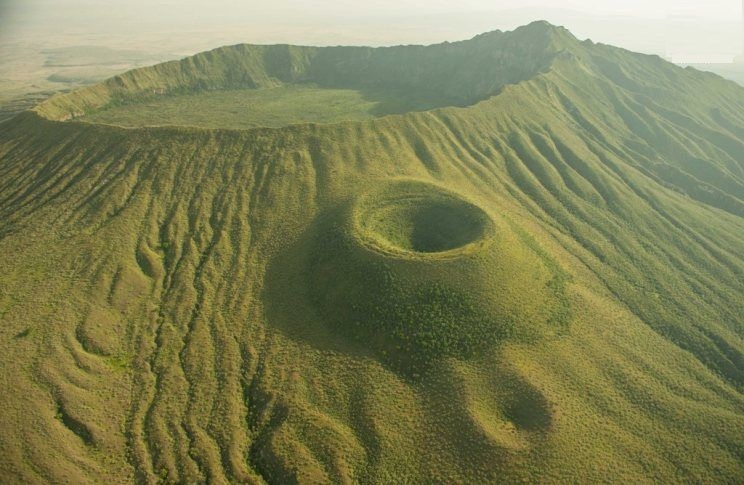
From certain viewpoints along the crater rim, visitors can see how the internal forces shaped the landscape, pushing up the volcanic cone, creating fault lines, and forming the distinctive circular depression. The experience offers a rare glimpse into Earth’s powerful geological processes, displayed in a setting that feels remarkably like walking on the lunar surface.
Do you plan to get Moon like feel in Earth?
The best time to visit Mount Longonot is during the dry seasons. January through February and June through September. During these months, the trails stay firm and not muddy, and the skies remain clear for the best views of the crater and surrounding landscapes. The national park welcomes visitors daily from 6:00 AM until 6:00 PM.

Before planning your trip, note the entrance fees:
- Kenyan residents pay KSh 300 per person
- International visitors pay US$30 per person (as of 2024)
- Children and student rates may be available(ask at the entrance)
For a comfortable and safe experience, bring these essential items:
- Water – at least 2 liters per person, more on hot days
- Food – pack energy-rich snacks and a light lunch
- Sturdy hiking boots – the volcanic soil can be loose and sharp
- Sun protection – a wide-brimmed hat, strong sunscreen (SPF 50+), and sunglasses
- A light jacket or windbreaker – the rim gets surprisingly windy, even on warm days
- Camera with extra batteries – the unique landscape deserves many photos
- A small first aid kit – include blister bandages and pain relievers
- Cash for entrance fees and possibly hiring a guide
- Phone with offline maps or a physical map of the area
Journey
First Steps on the Trail to Mount Longonot
Your moon like feel in earth adventure begins at the park entrance, a simple facility with restrooms, a small information center, and occasionally some local vendors selling water and snacks. Here, you can find guides for hire (usually around KSh 1,000-2,000), which proves helpful for first-time visitors. These guides know the mountain well and can point out features you might otherwise miss.
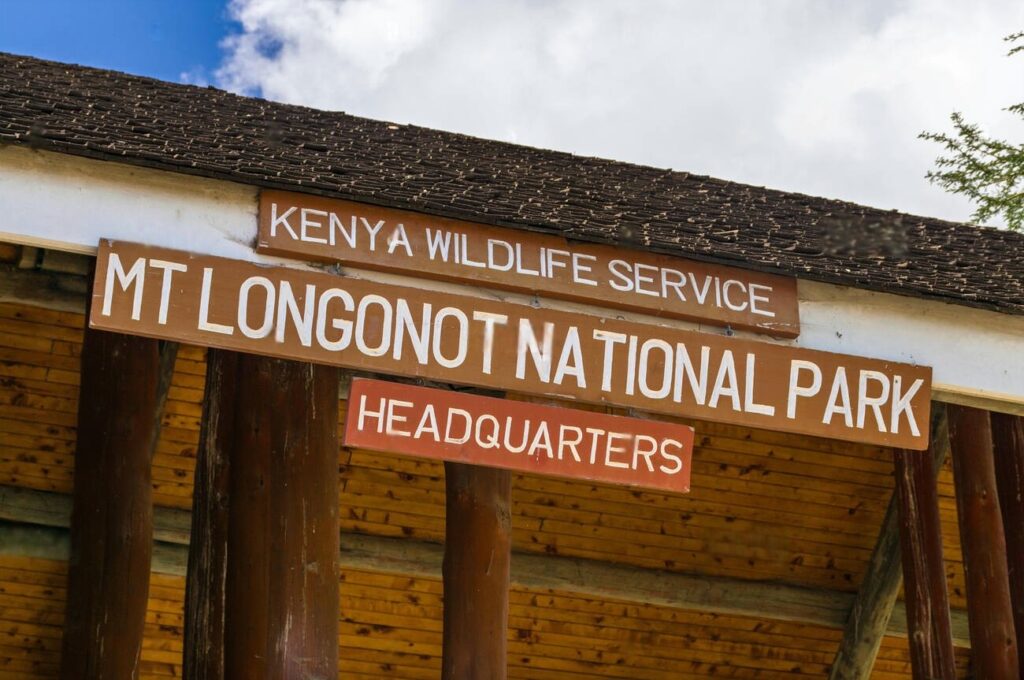
The initial path starts gently, taking you through a woodland area with acacia trees providing occasional shade. This part of the journey offers a pleasant warm-up before the more challenging sections ahead. The terrain changes gradually as you walk, with trees becoming more scattered and the ground turning rockier.
During this first kilometer (taking about 30-45 minutes at a moderate pace), keep your eyes open for wildlife. Visitors often spot zebras grazing in nearby clearings, giraffes reaching for acacia leaves, and various birds including colorful sunbirds and impressive eagles. Monkeys sometimes appear in the trees, watching hikers with curious eyes.
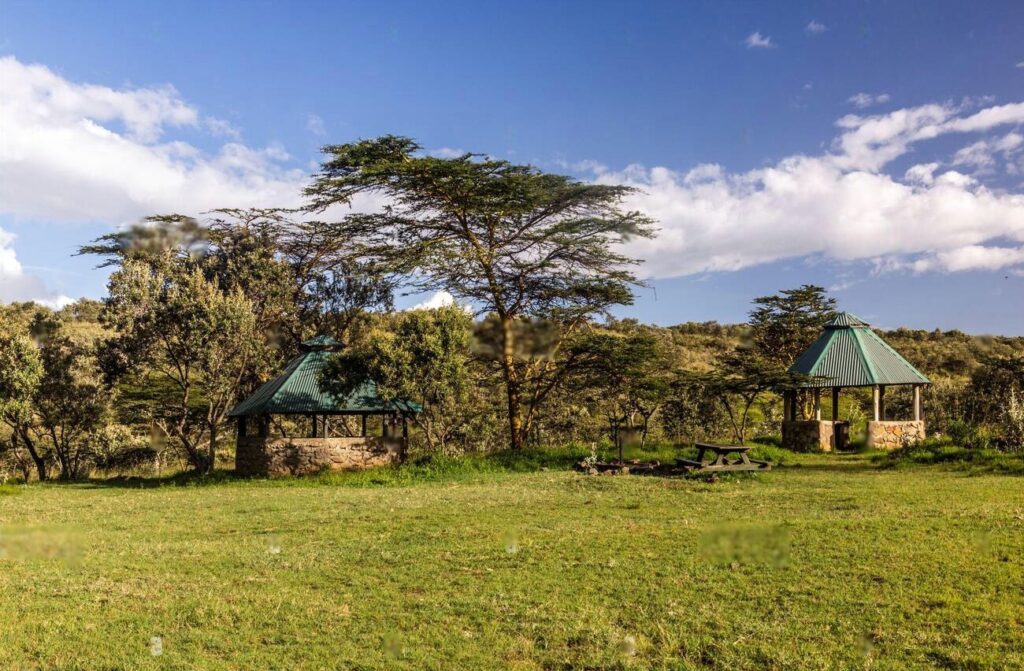
The path begins to steepen noticeably after this initial section, and the volcanic nature of the mountain becomes more apparent. Loose gravel and hardened lava rocks create a challenging surface that requires careful footing. Regular stops to catch your breath provide perfect opportunities to look back at the expanding views of the Great Rift Valley below.
Conquering the Moon like feel in earth
The final approach to the crater rim presents the steepest challenge of the hike. The path zigzags upward through increasingly barren terrain, with fewer plants and more exposed volcanic rock. Many hikers find themselves using their hands occasionally for balance on this section.

Then suddenly, after a final push uphill, the crater appears before you. The moment of reaching the rim rewards all your effort instantly. The massive depression stretches 2.5 kilometers across – a perfect circle carved into the earth. The inner walls drop steeply away, creating dramatic shadows and textures that truly resemble the moon’s surface.

Important facts about walking the rim:
- The complete circuit measures roughly 7.2 kilometers around
- Most hikers need 3-4 hours to complete the full circle
- The northern section offers the highest elevation point
- The western side presents the most challenging terrain with steep drops on both sides
- Several flat areas along the rim provide perfect resting spots
The eastern section of the rim offers the most breathtaking views beyond the mountain itself. Lake Naivasha appears as a blue jewel in the distance, surrounded by green farmland and natural areas. The vast expanse of the Great Rift Valley stretches to the horizon, with smaller volcanic hills dotting the landscape. On exceptionally clear days, particularly in the early morning, you might glimpse Mount Kenya’s snow-capped peak far to the northeast.
Walking the rim feels like traversing the edge of another world. On one side, the crater descends sharply with its moon-like surface. On the other, the mountain slopes away toward the surrounding plains. The ridge itself varies in width from several meters to narrow sections barely two meters across.
Inside Mount Longonot Crater
For those seeking the complete lunar experience, a trail descends into the crater itself. This path, located on the less steep eastern side, zigzags down the inner wall. This optional adventure adds between 1-2 hours to your journey but provides the closest experience to actually walking on the moon’s surface.
The descent requires careful footing on loose volcanic soil and rocks. The steep path demands attention to every step, with some sections requiring you to navigate around larger boulders. The temperature rises noticeably as you descend into the protected basin, with less wind and more trapped heat.
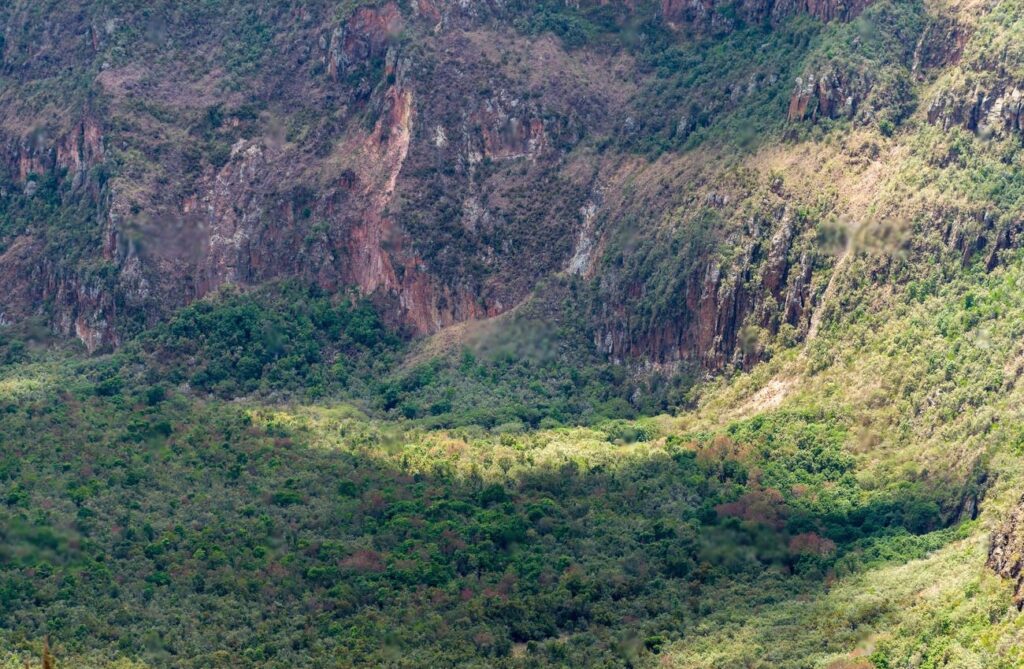
Once you reach the crater floor, the atmosphere changes completely. The rim walls rise all around you, creating a secluded world separate from the outside. The silence feels profound many visitors comment on the unusual quiet, broken only by the occasional bird call echoing off the crater walls or the subtle sound of wind across the rocks.
Inside the crater, several surprises await:
- Patches of unexpectedly green vegetation thrive in certain areas, particularly where water collects
- Small steam vents appear in some sections, releasing warm vapor that smells faintly of minerals
- A secondary volcanic cone rises from the center – a “crater within a crater” formed by later eruptions
- Unique rock formations created by cooling lava display fascinating patterns and textures
- Wildlife tracks show that animals like buffalo occasionally venture inside the crater
The ground feels different underfoot a mixture of ash, hardened lava, and volcanic soil creates a texture not found elsewhere. In some areas, the ground retains warmth from the volcanic activity deep below, a reminder that although dormant, Longonot remains connected to the powerful forces that formed it.
Photography opportunity in Mount Longonot
Mount Longonot offers photographers endless opportunities to create images that truly appear otherworldly. The light constantly changes throughout the day, transforming the appearance of the crater and surrounding landscapes.
For the most stunning photographs:
- Arrive early morning (between 7-9 AM) when soft, golden light creates dramatic shadows across the crater floor, highlighting every ridge and crevice
- Late afternoon (4-5 PM) brings similar conditions with warmer tones as the sun approaches the horizon
- Position yourself with the sun at your back when photographing the crater interior to capture maximum detail
- Include people in some photographs to demonstrate the enormous scale – a tiny figure standing on the crater rim shows just how vast this formation truly is
- Look for unique perspectives, such as shooting through foreground vegetation or capturing reflections in any small water pools after rain
- Consider bringing a wide-angle lens to capture the entire crater in one frame
- A zoom lens helps photograph distant wildlife or details on the far crater walls
The changing weather creates different moods across the crater. Early morning often brings mist that slowly burns away, revealing the crater in stages. Afternoon clouds cast moving shadows that race across the landscape, creating a dynamic scene that changes by the minute.
Different seasons also affect the visual experience. During the rainy seasons, brief showers may create temporary streams down the crater walls, while the dry season intensifies the barren, moon-like quality with dustier conditions and more pronounced color contrasts.
Life in Moon-like Harsh Environment
While Mount Longonot appears barren and moon-like from a distance, closer inspection reveals a surprising variety of life that has adapted to this challenging environment. The volcano hosts specialized ecosystems that demonstrate nature’s remarkable ability to colonize even the most extreme habitats.
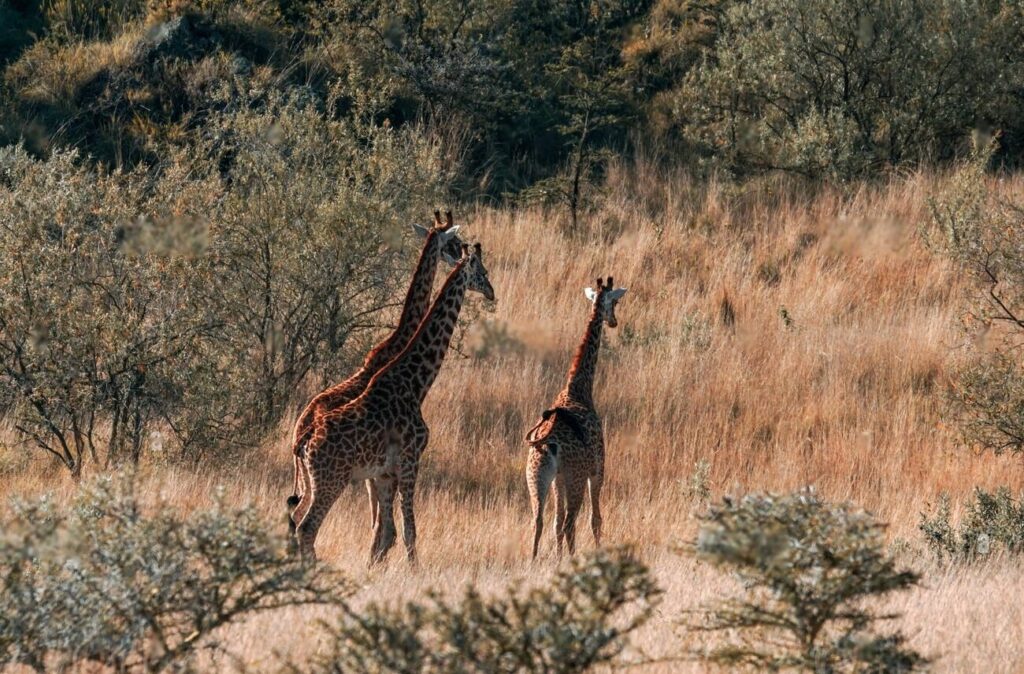
Alert visitors might spot these animals:
- Buffalo and eland sometimes graze on vegetation patches inside the crater
- Eagles and buzzards circle overhead, riding the thermal air currents that rise from the heated ground
- Secretary birds stalk through the grassier areas hunting for snakes
- Hyrax (small rabbit-sized mammals) sun themselves on rocks during cooler mornings
- Jackals and occasional hyenas patrol the lower slopes, especially in early morning
- Various lizards have adapted to the hot, rocky environment and dart between sheltering spots
- After rains, temporary pools may host small frogs and insects
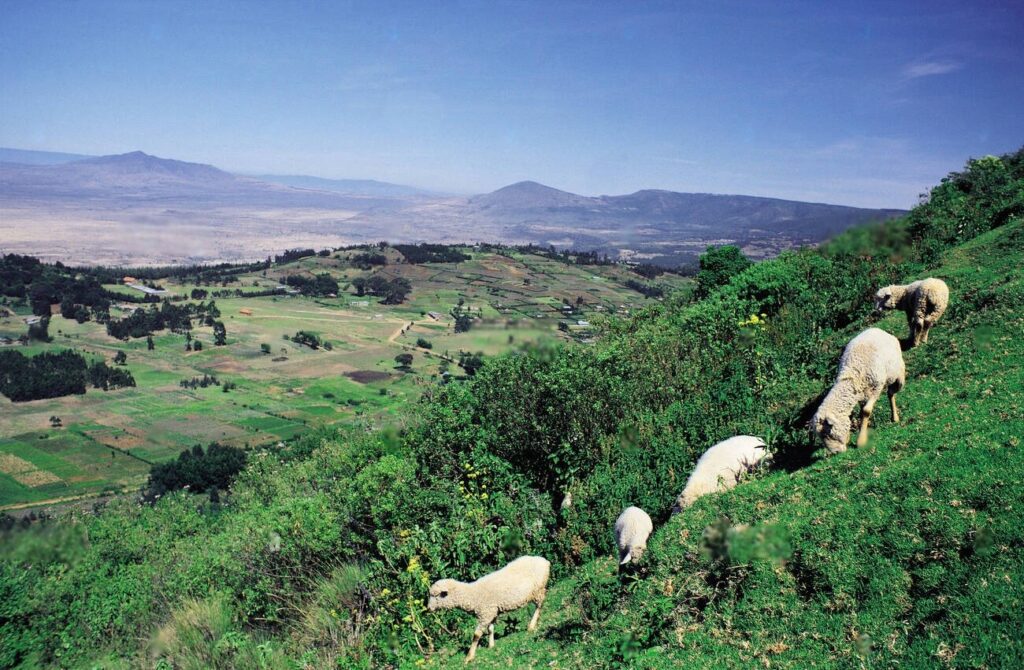
The plant life shows even more impressive adaptation. Species that would struggle elsewhere thrive in the volcanic soil:
- Succulent plants with thick leaves store water during dry periods
- Pioneer species with deep root systems anchor themselves in the loose volcanic soil
- Certain grasses grow in clumps, creating their own microclimate
- Small, hardy bushes produce berries that attract birds, helping spread their seeds
- Lichens grow directly on volcanic rocks, slowly breaking them down into soil
- After rain, quick-growing wildflowers sometimes appear briefly, adding surprising color
Scientists value this area for studying how life colonizes volcanic environments. The different stages of plant succession can be observed, from the newest lava flows with minimal life to older areas with established plant communities.
Will a rocket escort you from the moon?
After completing your exploration of the crater rim (and possibly the interior), the return journey follows the same path back to the park entrance. Sorry, no rocket experience! The descent takes most hikers between 1 to 1.5 hours, significantly quicker than the upward journey but requiring different attention.

While heading downhill demands less cardiovascular effort, it presents its own challenges. The loose volcanic screen (small rock fragments) creates a slippery surface, particularly on steeper sections. Many hikers find walking poles helpful for maintaining balance. Short, controlled steps work better than long strides to prevent slipping.
Most visitors complete the entire Mount Longonot experience in 4-6 hours, including:
- 1.5-2 hours climbing to the rim
- 3-4 hours if circling the entire crater rim
- 1-2 additional hours if descending into the crater
- 1-1.5 hours returning to the entrance
The exposure to sun and wind, combined with the physical exertion at altitude, dehydrates hikers more quickly than expected. Bring at least twice the water you think you’ll need many experienced hikers suggest 3-4 liters per person for this trip. The park has limited water available for purchase, so coming prepared is essential.
As you descend, take time to appreciate the changing perspective. Features that weren’t obvious during the climb often become apparent on the way down. The afternoon light highlights different aspects of the landscape, offering new photo opportunities and a fresh appreciation for this unique volcanic formation.
After your “moon walk,” Lets get back to Earth!
You make like to extend your journey to these nearby attractions:
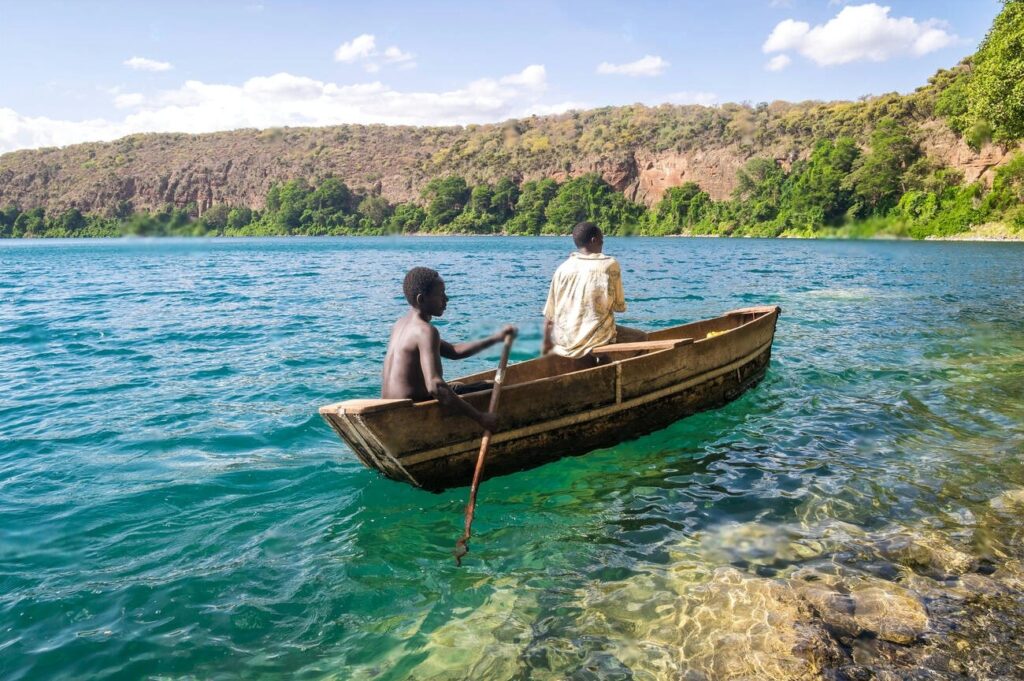
- Lake Naivasha boat safaris (30 minutes away)
- Hell’s Gate National Park for rock climbing and geothermal features
- Crescent Island for walking safaris among giraffes and zebras
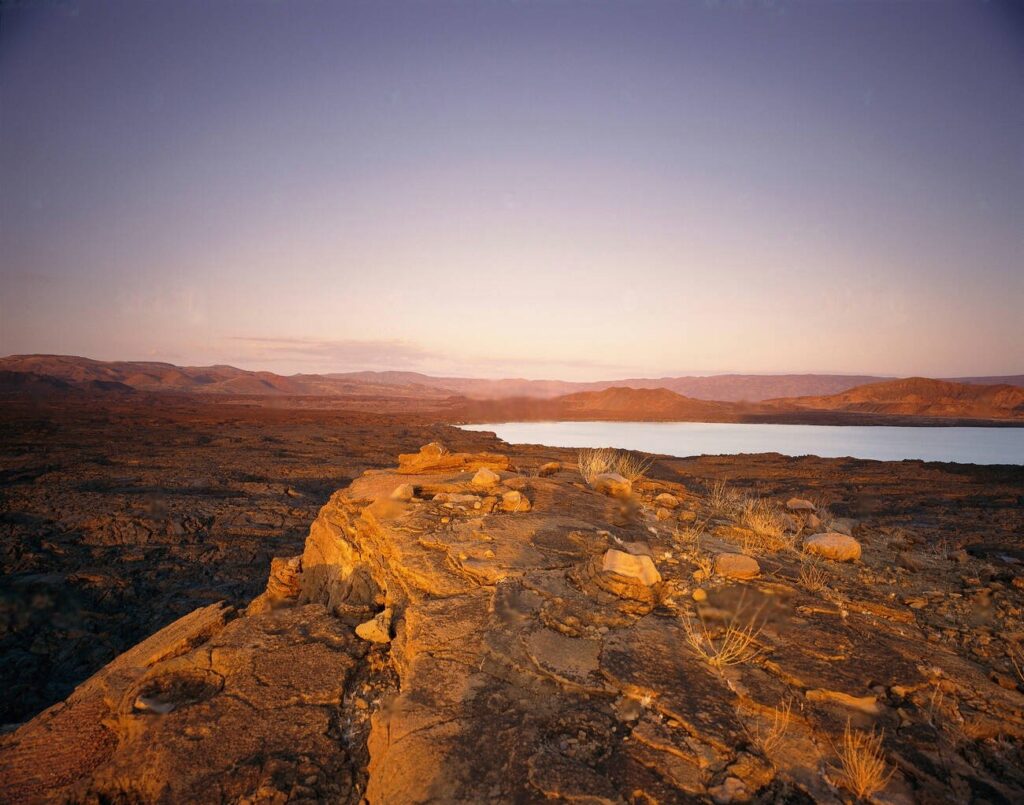
“We combined Longonot with Hell’s Gate the following day—it was like visiting two different planets. The lunar landscape of Longonot contrasted perfectly with the dramatic gorges of Hell’s Gate.” — Marcus and Lisa Thompson, Adventure Travelers




